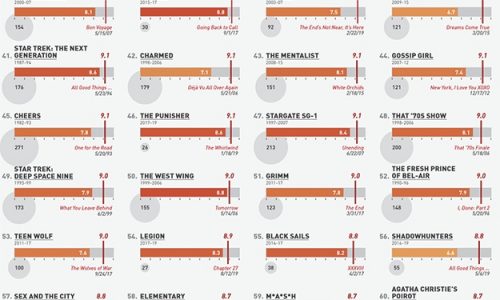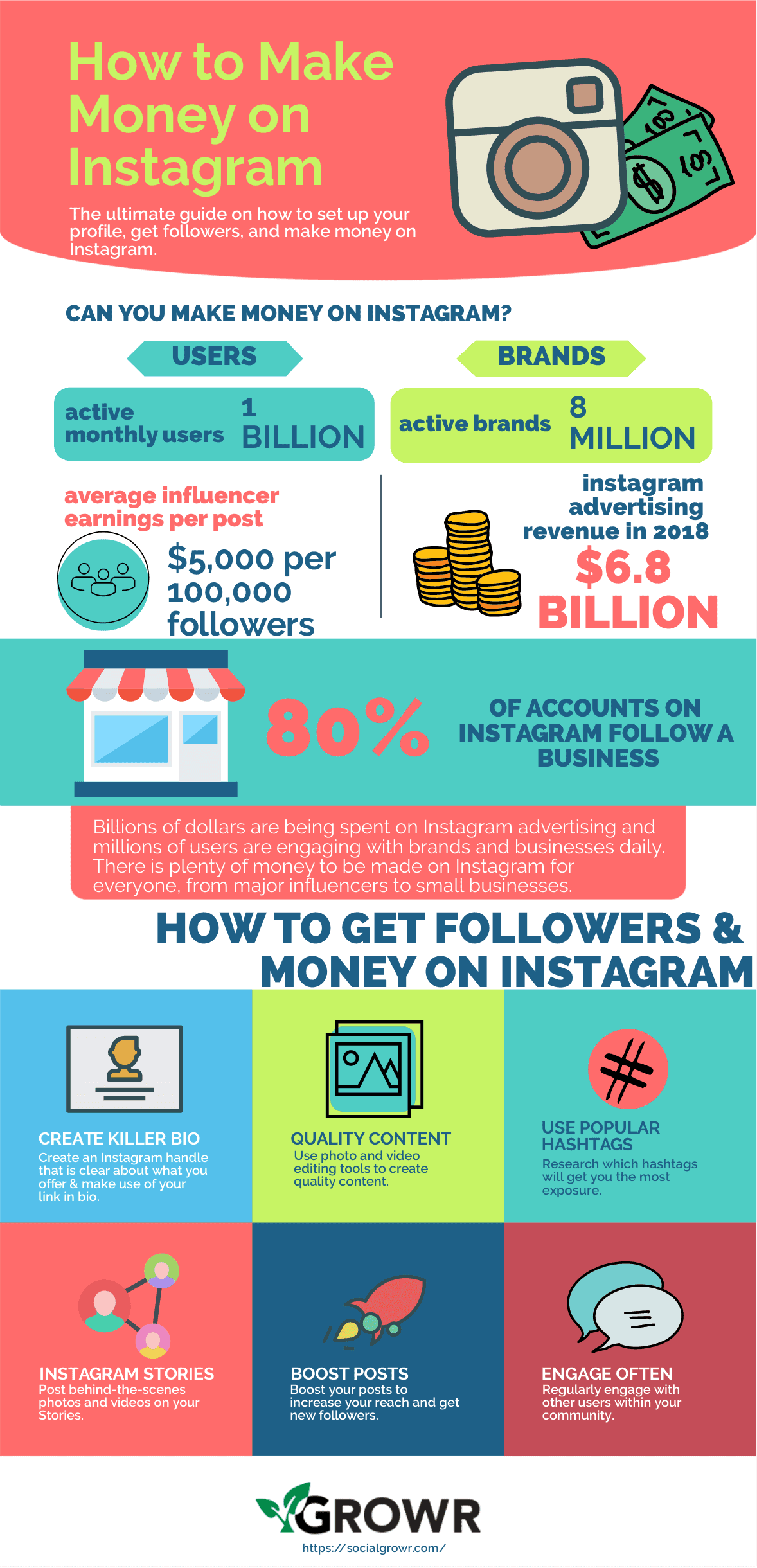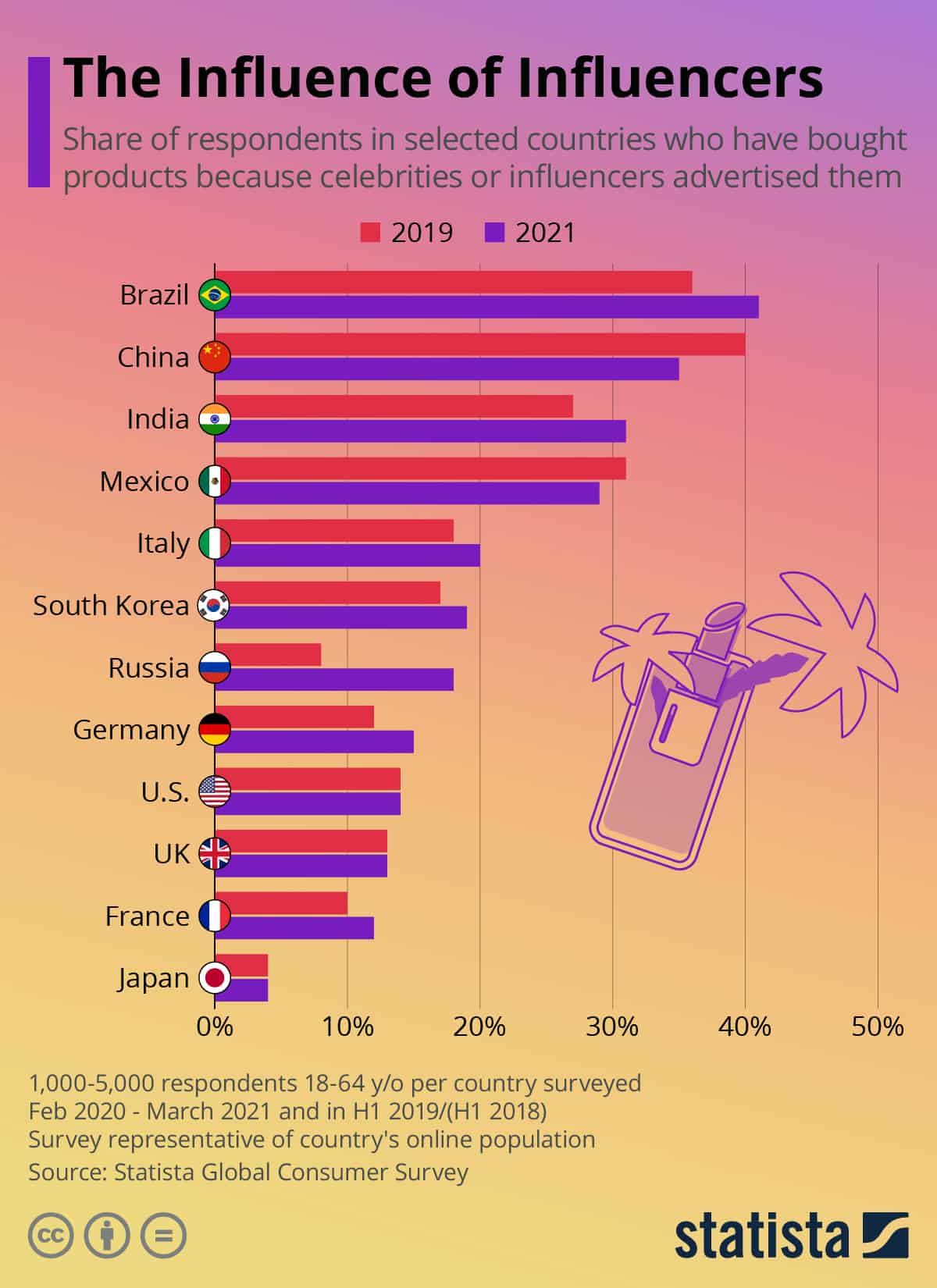
No matter what you may think about the term “fake news”, there’s no denying that its use has exploded into the stratosphere. On January 10, 2017, President Donald Trump Tweeted the term “fake news” for the first time. On that date, Trump was the President-elect, and he used the words in response to reports that he had colluded with Russia during his presidential campaign. His Tweet read, “FAKE NEWS – A TOTAL POLITICAL WITCH HUNT!”
The general population searches for the term “fake news” between 70,000-180,000 times each month. People use the term in search engines for two basic reasons: to keep up with the general coverage of the growing epidemic of fake news, or to verify the validity of propaganda pieces that slant stories with half-truths or satirical pieces written to appear as real news stories.
Americans are the main demographic most concerned with the “fake news” contagion, with 81.3% of all mentions of the term being attributed to residents of the land of the free. In comparison, United Kingdom citizens are an unapproachable second with only 4.2% of worldwide usage.
The month of the 2016 U.S. presidential election logged 159 million visitors to fake news websites in which at least half of the stories appeared to be false. Those sites played a key role in the final results.
Blurring the lines is part of the fake news game, and it works. 88% of the populace found fake news reports confusing.
Incidentally, these numbers were gathered across both traditionally left and right sides of the aisle. To find out if fake news has changed people’s general behavior click here.




